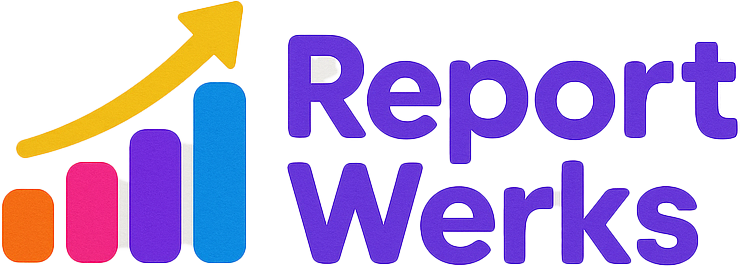Understanding the Power of Google Ads Conversion Metrics in Donor Acquisition
In the competitive landscape of non-profit fundraising, leveraging digital advertising platforms like Google Ads has become essential for reaching new donors and expanding impact. As organizations invest more in digital campaigns, understanding how to accurately measure and optimize ROI through conversion metrics is crucial for sustainable growth and effective reporting.
The Significance of Conversion Metrics for Non-Profit Campaigns
Conversion metrics help non-profits track how effectively their Google Ads campaigns turn prospects into donors. These metrics go beyond click counts, providing insights into actions such as form submissions, newsletter sign-ups, or direct donations. By analyzing these data points, organizations can identify which ads, keywords, and audiences generate the highest engagement and donations, enabling smarter budget allocation.
Best Practices for Measuring and Optimizing Google Ads ROI
1. Set Clear Conversion Goals
Begin with defining what constitutes a successful conversion—be it a donation, a volunteer sign-up, or event registration. Implement conversion tracking codes within your website or landing pages to monitor these actions accurately.
2. Use UTM Parameters and Analytics Integration
Enhance your tracking capabilities by adding UTM parameters to your ad URLs. Integrate Google Analytics or other analytics tools to attribute conversions precisely, gaining a comprehensive view of user journeys and touchpoints.
3. Analyze Cost-Per-Conversion and Conversion Rate
Calculate the cost per donor acquisition by dividing ad spend by the number of conversions. Monitor conversion rates across different campaigns and ad groups to identify high-performing segments. Use these insights to refine targeting, ad copy, and bidding strategies.
4. Leverage A/B Testing and Dynamic Remarketing
Implement A/B testing for ad creatives, headlines, and calls-to-action to determine what resonates most with your audience. Use dynamic remarketing to re-engage visitors who showed interest but did not convert, increasing the likelihood of donation.
Emerging Trends in Fundraising Analytics and Reporting
Modern non-profits are adopting AI-driven analytics tools to predict donor behavior and personalize campaigns. Transparent reporting dashboards that visualize conversion metrics and ROI help communicate impact to stakeholders and donors alike. Incorporating real-time data allows for agile adjustments, maximizing campaign effectiveness.
Real-World Success Stories
Several non-profits have successfully optimized their Google Ads campaigns by focusing on conversion metrics. For instance, a health-focused NGO improved its donor acquisition rate by 30% after refining its targeting based on conversion data, resulting in a higher ROI and increased donor engagement.
Next Steps for Non-Profit Leaders
To harness the full potential of Google Ads conversion metrics, organizations should invest in proper tracking setup, continuously analyze data, and adapt strategies based on insights. Training marketing teams on the latest digital analytics practices ensures sustained success in donor acquisition efforts.
Conclusion
Effective measurement of Google Ads conversion metrics is vital for maximizing ROI in non-profit fundraising. By setting clear goals, utilizing advanced analytics tools, and embracing emerging trends, non-profits can enhance their donor acquisition strategies, boost engagement, and demonstrate impact to stakeholders.
